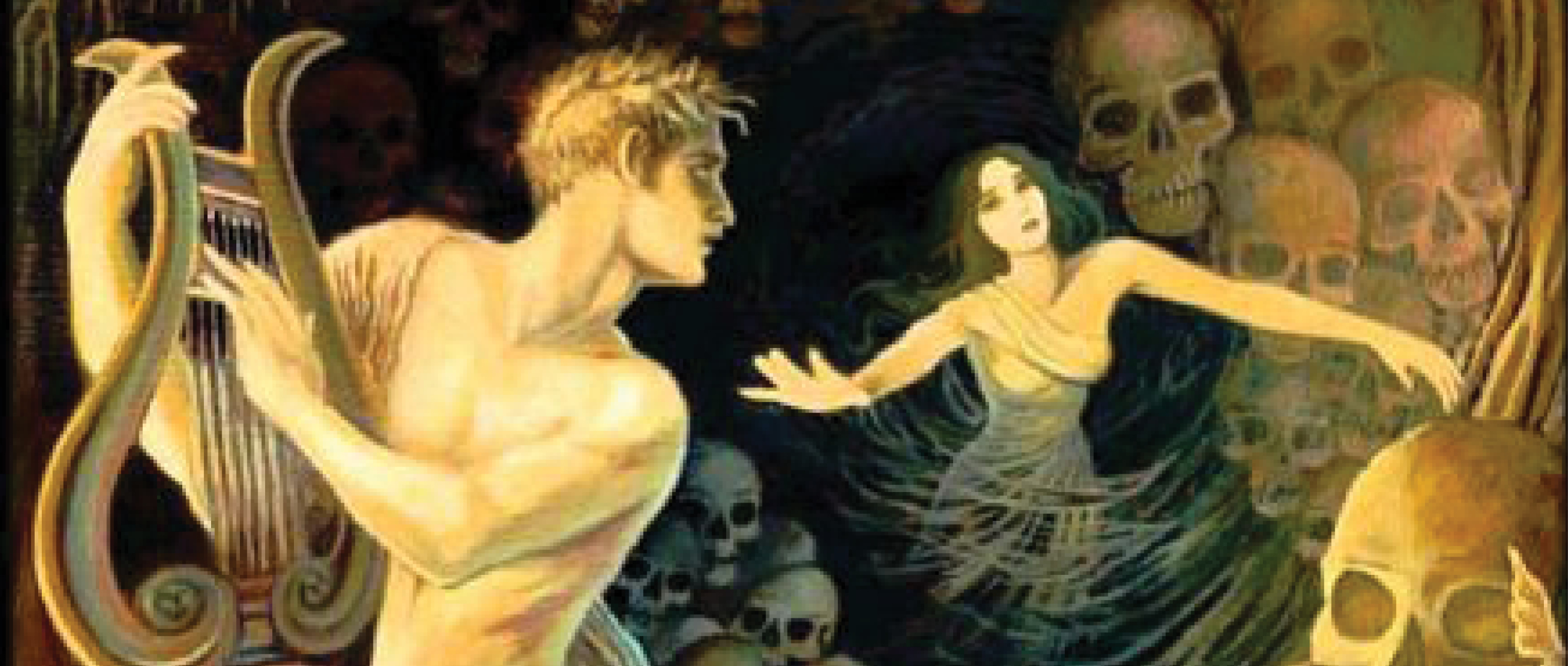Elementary Portuguese I
Welcome to the Lusophone world, the world of the Portuguese-speaking countries! Study the most widely spoken language in the Southern Hemisphere and the 5th most spoken native language in the world! PORT 201 is the first half of second-year Portuguese language learning through a culture-oriented and interactive course. The rich cultures of Brazil, Portugal and other Lusophone countries are incorporated in all materials used in class, providing students with an opportunity to immerse in authentic socio-cultural situations. Students participate in communicative activities that will help them develop listening, speaking, reading and writing skills. Portuguese 201 further develops the fundamentals learned in PORT 101 and 102. Lessons are focused on slightly more complex grammar structures that enhance the skills acquired. Upon successful completion of PORT 201, students will be able to: engage in interactions using culturally appropriate forms; and understand and produce written and spoken language on a variety of topics.
Language of instruction: Portuguese
Recommended prerequisites: One of PORT 102, PORT 110
Note: Credit will be granted for only one of PORT 201 or PORT 210
The assessment for this course is gently distributed and in a balanced way, with diverse activities throughout the term. There are no scary, long, stressing and tedious midterms or final exams for you in this course.
Assignments and Evaluations Breakdown:
Active Participation, oral proficiency in class, and preparation 10%
Video assignment 10%
MyLab Portuguese Activities 15%
Chapter check-ins (1 online quiz at home, 1 short tests in class, 10% each) 20%
Listening comprehension challenges (2 x 5% each) 10%
Oral interview 15%
Reading comprehension challenge 5%
Written end-of-term assessment 15%
Total = 100%
Pkg Ponto De Encontro: Portguese As A World Language 2/E W /
Author: JOUET-PASTRE
ISBN 9780133557138 or 9780205981120
